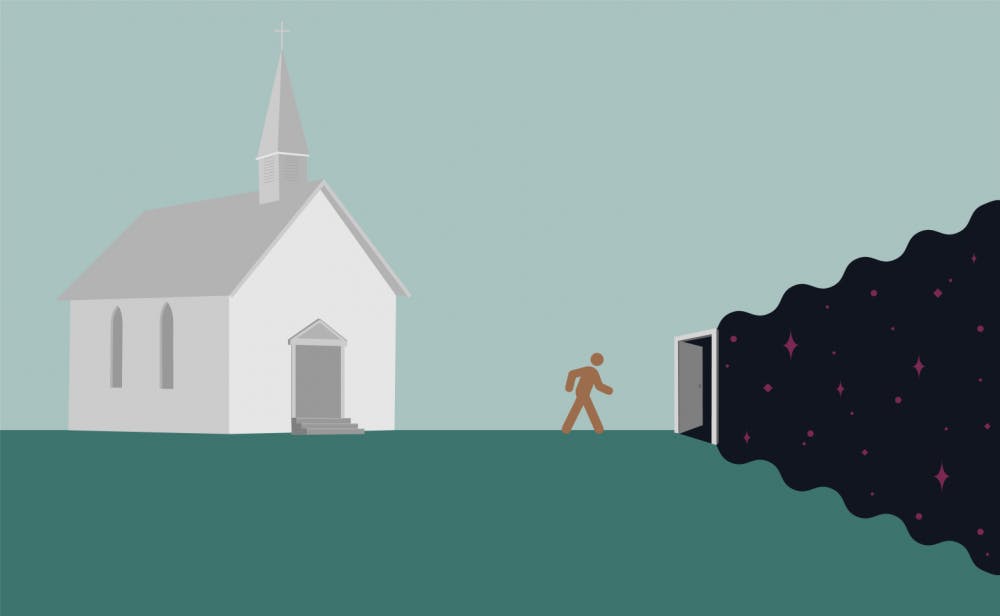My brother clears his throat of the incense.
Twelve altar servers. I counted 12 of them.
In a Catholic church service, or Mass, two—sometimes more, but usually two—robed adolescents will assist the priest, so 12 was extreme. According to the United States Conference of Catholic Bishops website, servers assist the priest celebrant and deacon as necessary during the Mass.
The church we were visiting had 12 of them. They didn’t look enthusiastic.
The priest performing was as boring as he was melodramatic.
Until that moment, I had never understood why everyone wasn’t Catholic. My church and my priest were progressive enough. He could get us in and out in less than 50 minutes. He always had great sermons, and he was grounded, with no flair for the dramatics.
But in that moment, with a Gregorian chant ringing in my ears, I knew that what was going on around me was a bit odd—the chanting, rites, rituals, and so many other things that were done because of tradition and because that’s the way it’s always been done. And if I thought it was a bit weird, then people who didn’t grow up in the Catholic Church would most definitely think it was weird.
It wouldn’t be so strange to leave the rite, ritual, and dogma in the Middle Ages. And it wouldn’t be so weird to want to distance yourself from an institution that has made its fair share of mistakes. A research study conducted by the City University of New York found that 4 percent of all American priests active between 1952 and 2002 had allegations of sexual abuse.
Maybe people don’t need all the rites, rituals, and dogma to be a good Catholic—or better yet, to be a good person.
To continue reading, visit ballbearingsmag.com.





